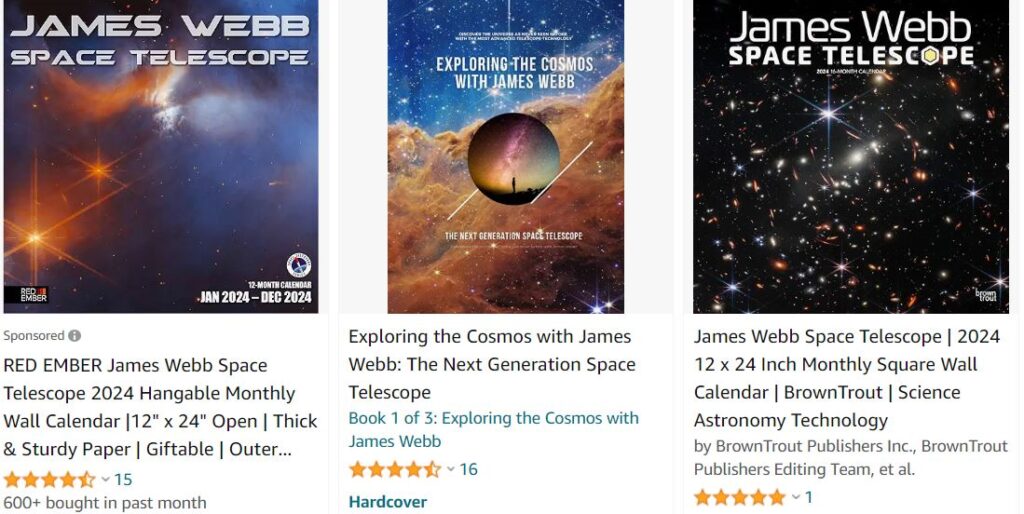
The James Webb Space Telescope has spotted six likely rogue worlds — objects with planet-like masses but untethered from any star’s gravity — including the lightest ever identified with a dusty disk around it.
The elusive objects offer new evidence that the same cosmic processes that give birth to stars may also play a common role in making objects only slightly bigger than Jupiter.
The James Webb Space Telescope has spotted six likely rogue worlds — objects with planetlike masses but untethered from any star’s gravity — including the lightest ever identified with a dusty disk around it.
The elusive objects offer new evidence that the same cosmic processes that give birth to stars may also play a common role in making objects only slightly bigger than Jupiter.
“We are probing the very limits of the star forming process,” said lead author Adam Langeveld, an astrophysicist at Johns Hopkins University. “If you have an object that looks like a young Jupiter, is it possible that it could have become a star under the right conditions? This is important context for understanding both star and planet formation.”
The findings come from Webb’s deepest survey of the young nebula NGC1333, a star-forming cluster about a thousand light-years away in the Perseus constellation. A new image from the survey released today by the European Space Agency shows NGC1333 glowing with dramatic displays of interstellar dust and clouds. A paper detailing the survey’s findings has been accepted for publication in The Astronomical Journal.
Webb’s data suggest the discovered worlds are gas giants 5-10 times more massive than Jupiter. That means they are among the lowest-mass objects ever found to have grown from a process that would generally produce stars and brown dwarfs, objects straddling the boundary between stars and planets that never ignite hydrogen fusion and fade over time.
“We used Webb’s unprecedented sensitivity at infrared wavelengths to search for the faintest members of a young star cluster, seeking to address a fundamental question in astronomy: How light an object can form like a star?” said Johns Hopkins Provost Ray Jayawardhana, an astrophysicist and senior author of the study. “It turns out the smallest free-floating objects that form like stars overlap in mass with giant exoplanets circling nearby stars.”
The telescope’s observations revealed no objects lower than five Jupiter masses despite possessing sufficient sensitivity to detect such bodies. That’s a strong indication that any stellar objects lighter than this threshold are more likely to form the way planets do, the authors concluded.
“Our observations confirm that nature produces planetary mass objects in at least two different ways — from the contraction of a cloud of gas and dust, the way stars form, and in disks of gas and dust around young stars, as Jupiter in our own solar system did,” Jayawardhana said.
The most intriguing of the rogue planets was also the lightest: an estimated five Jupiter masses (about 1,600 Earths). Since dust and gas generally fall into a disk during the early stages of star formation, the presence of this debris ring around the one planet strongly suggests that it formed in the same way stars do.
However, planetary systems also form from debris disks (aka circumsolar disks), which suggests that these objects may be able to form their own satellites. This suggests that these massive planets could be a nursery for a miniature planet system—like our solar system, but on a much smaller scale.
Said Johns Hopkins Provost Ray Jayawardhana, an astrophysicist and senior author of the study (who also leads the survey group): “It turns out the smallest free-floating objects that form like stars overlap in mass with giant exoplanets circling nearby stars. It’s likely that such a pair formed the way binary star systems do, from a cloud fragmenting as it contracted. The diversity of systems that nature has produced is remarkable and pushes us to refine our models of star and planet formation…
“Our observations confirm that nature produces planetary mass objects in at least two different ways—from the contraction of a cloud of gas and dust, the way stars form, and in disks of gas and dust around young stars, as Jupiter in our own solar system did.”
In the coming months, the team plans to use Webb to conduct follow-up studies of these rogue planets’ atmospheres and compare them to those of brown dwarfs and gas giants. They also plan to search the star-forming region for other objects with debris disks to investigate the possibility of mini-planetary systems.
The data they obtain will also help astronomers refine their estimates on the number of rogue planets in our galaxy. The new Webb observations indicate that such bodies account for about 10% of celestial bodies in the targeted cluster.
Current estimates place the number of stars in our galaxy between 100 and 400 billion stars and the number of planets between 800 billion and 3.2 trillion. At 10%, that would suggest that there are anywhere from 90 to 360 billion rogue worlds floating out there. As we have explored in previous articles, we might be able to explore some of them someday, and our sun may even capture a few. https://phys.org/news/2024-08-webb-rogue-worlds-clues-star.html









Recent Comments